When Amitav Ghosh wrote about opium in “Smoke and Ashes” as the plant that has changed the world, he forgot there is another plant that changed the lives of millions of Africans and continues to affect the health and well-being of all people today. That legal plant is sugarcane, which gives sugar, the valuable spice that Europeans sought.
During the 18th century, sugar imported in Europe was the most expensive spice, and for some time its trade was more valuable than grains. In their effort to reduce prices by producing sugar in the Caribbean and South America, Europeans imported African slaves as farm labour, after having killed most of the local population. Millions of Africans worked on sugar plantations under really harsh conditions.
Today, human beings are addicted to sugar and consume 22 kilograms per person per year. That level of consumption is causing excessive weight gain, type 2 diabetes, and a host of other diseases. The production of sugar also causes greenhouse gas emissions and is responsible for the destruction of rainforests in Brazil. Can we do without sugar?
Air conditioning is sweeter than sugar to many people. It was invented at the beginning of the 20th century, and within a short period of a hundred years, human beings believe that they cannot live without it. They have, in fact, become addicted to it much the same way as to sugar.
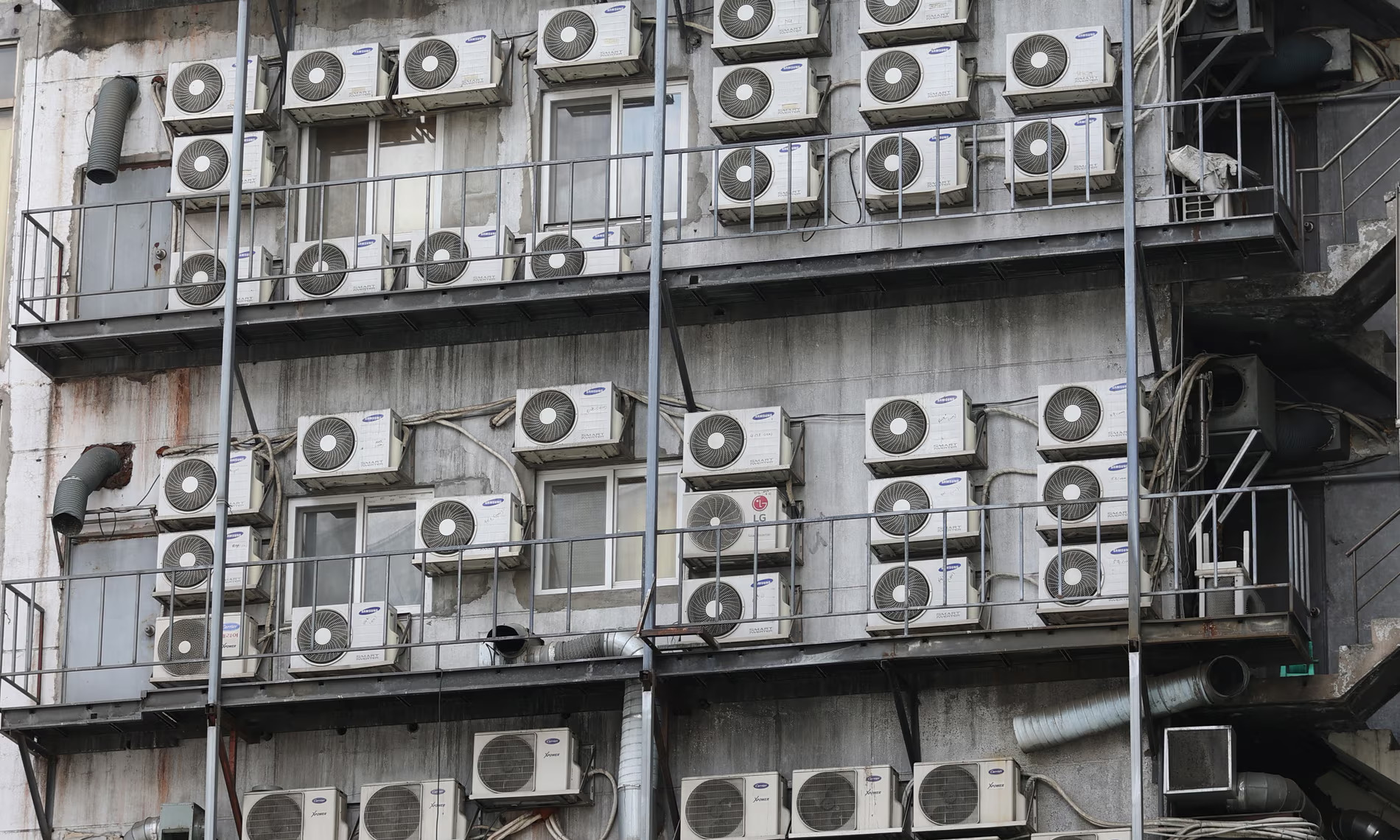
Those who live with air conditioning crave more of it, and they even carry it with them during transit or commute. For very cold climates, they have invented building designs that require air conditioning when it is freezing outside. For warm climates where people can live and work in the open, they have invented sealed buildings that cannot be without air conditioning for a minute—winter or summer—and where it is impossible to know what time of the day it is.
The air conditioning industry has convinced the world that human beings can live and work only in a certain temperature band, and sponsored research shows that this band remains pretty much the same for all people wherever they might live and whatever temperatures they may be accustomed to.
The Bedouins who live in the desert, remain comfortable at air temperatures in excess of 45 degrees C, and the Sami people (Lapps), who live near the Arctic, are comfortable at temperatures well below freezing. In both cases, a tent serves as the conditioned home for these nomads. What makes it possible for these human beings to live happily without air conditioning?
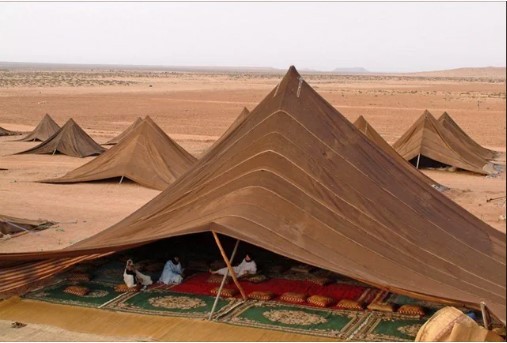
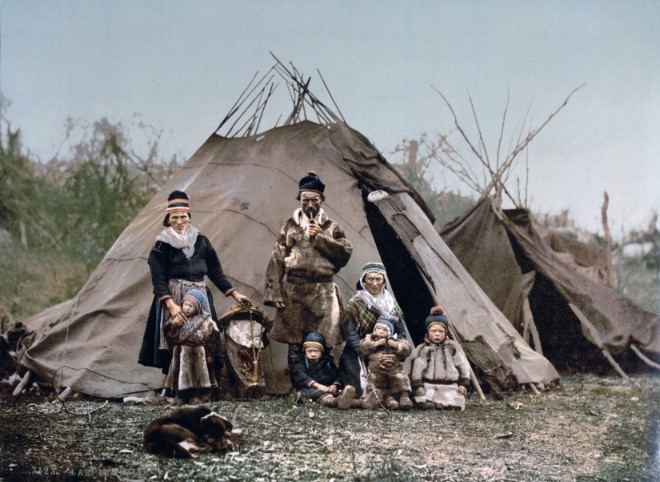
The air conditioning industry has marketed the concept of certified green buildings (sometimes touted as ‘sustainable’ buildings) that must use efficient and expensive air conditioning equipment to let people live and work in air-conditioned comfort.
Now the industry has a program to convince people that only air conditioning can save them from disease, pollution, and viruses by filtering out bad air.
What is the effect on people living constantly with air conditioning? The addiction to air conditioning has created a situation where human beings are losing their capacity for sensory perception and the ability to deal with thermal discomfort. When people stay in an air-conditioned environment all the time, they crave air conditioning and cannot live without it. An indirect effect is that they create buildings that are easy to air-condition efficiently but not nice to live in.
What is the effect of air conditioning on those who live without it? The urban heat island effect is caused by energy consumed and added to the environment in the urban setting. The two major causes of heat dumped in urban areas are buildings and transportation. This is making life more difficult for people who must live in a natural, non-air-conditioned environment.
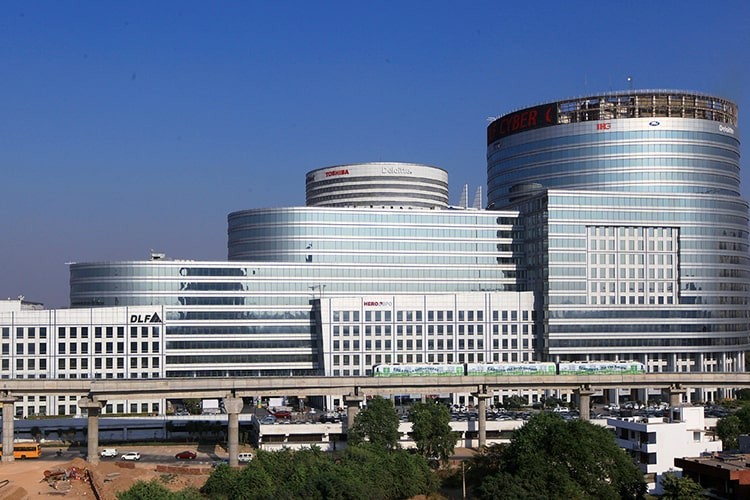
Air conditioning creates its demand. The use of air conditioning creates a demand for power that is produced mostly with coal as fuel in India, resulting in carbon emissions that add to climate change. Air conditioners are also responsible for fugitive emissions of refrigerants as greenhouse gases that add to climate change. A warmer world needs more air conditioning. At a local level, air-conditioned buildings and cars emit heat into the urban environment, pushing up the demand for air conditioning.
How did people manage to live in hot places like Delhi before the advent of air cooling and air conditioning?

Simple. They focused on avoiding thermal discomfort and not on air conditioning buildings to a certain temperature. Community knowledge gained over centuries was used to modify the microclimate through urban design. The orientation and width of streets were only a small part of this design. Certain urban streets had temporary shades for sun protection.
First, the community adjusted its annual schedule to suit the climate. People adjusted their daily schedule so that they avoided being out in the more uncomfortable part of the day. They adjusted their daily activities in space so that they would spend time in less uncomfortable (more comfortable) places in the city and within buildings. They used clothing appropriate for the climate and consumed food and drink that helped keep them cool. They used natural and induced air movement to stay cool.
An important idea was creating redundant spaces with different thermal properties so that one could use the space with the least level of discomfort at any time of the day.
The typical house in the city would have a terrace for use during winter days and summer nights. Summer days and winter nights were spent in the building. Humid parts of the year were spent in verandas and pavilions. The courtyard was used for all manner of activities that needed more light and ventilation. Window openings in rooms were optimised either for view, ventilation, or light, not all three at the same time (refer Indigenous Architecture and Natural Cooling). People were active and knew when to open and close openings for ventilation.
So, a contemporary Indian architect says, it is all very well to have lived without air conditioning in the past; can we live without it today?
The automobile was developed a little before air conditioning, and in a very short time, it has also become an essential part of our lives. Is it possible to live without it today? In fact, the majority of Indians live without a car or an air conditioner. While most of them aspire to have both of these, many cities in Europe are showing the way how one can live without an air-conditioned car.
The conditions that Danes face on cold and rainy winter days are probably comparable to the difficult weather that Indians face in summer. While commuters wear thick, warm clothing, mothers willingly wheel their babies on trikes. The Danes have discovered the freedom that the bicycle provides, and suddenly parking problems have all but disappeared. This is not going back in history to primitive times; it is progressing into a sustainable future.

Just as going without cars means not walking but using a number of public and private modes of transport, going without air conditioning does not mean going without cooling. We had many cooling systems earlier, some mechanical and some manual. Evaporative cooling works well in the dry part of summer but not in the humid months. If mechanical air conditioning is limited to the humid months, it will save about 50% of electricity.
Such systems have been running at NIIT University since 2009 and in AAETI of the Centre for Science and Environment at Alwar since 2017. The author also uses air conditioning frugally at home, only during social gatherings in the monsoon months. There are some other devices, like HVLS fans, that can keep large rooms cool. New misting fans also help keep places cool without air conditioning. It is good to know that during the peak of dry summer, air conditioners work very inefficiently, and they work very efficiently during the cooler monsoon months.
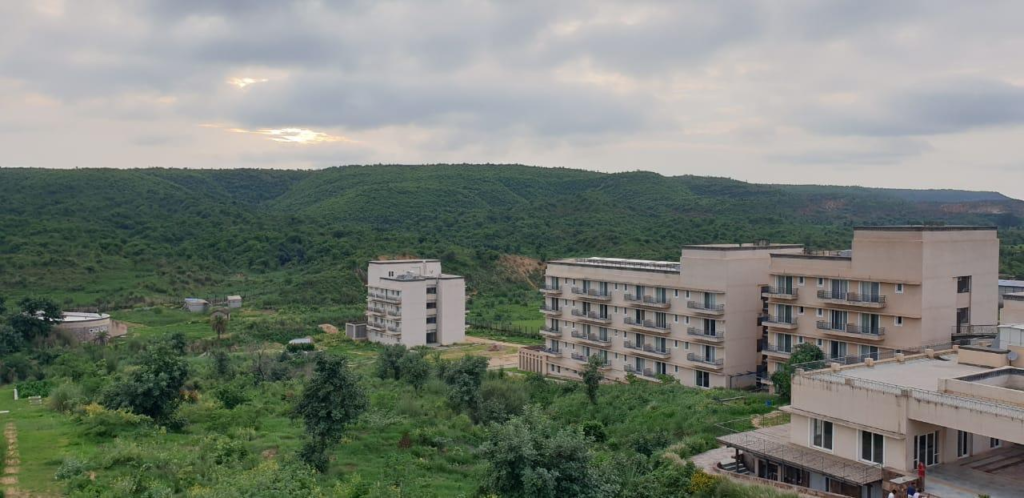

If India decided to live without boosting climate change, minimizing air conditioning use would be an important part of it. Electricity from clean energy sources, sustainable agriculture and mobility would be other important components of it. At present all the solar PV panels being added to Indian power sector, goes towards fueling new air conditioners.
Each one of us has the power to live healthier lives and to contribute towards mitigating climate change. We need to eat less sugar and give up our addiction to air conditioning.
Feature Image: Getty Images via The Economist





4 Responses
Superbly written, Sir. Couldnt agree more. In fact, little do people realize that even the car centred existence that is touted as a symbol of success these days was propagated by events such as the future cities expo (which showed cities as vast expanses of roads with high rise buildings) in the US in the early to mid 20th century, and guess who funded the events? Automotive manufacturers.
Excellent analysis and write-up, as an important reminder to all.
Very thoughtful and pertinent indeed. Another aspect for research is varying preference for air-conditioning among populations that otherwise have similar affordablity and climate. USA has high preference for AC compared to western Europe (Europeans don’t mind sweating). If the world populations display the same preference for AC once they have high incomes, Earth’s energy consumption will need to increase 67 times – REPEAT – 67 times. And where will that come from?
Very aptly captured the views on being addicted to air conditioning! Thanks for the same. But, I would like to see more discussions on the reasons for graduating to air conditioning from air cooling. I would like to think crowding and the resultant all sort of emissions and the way our gadgets are evolving contribute significantly to this addiction or sat requirement!